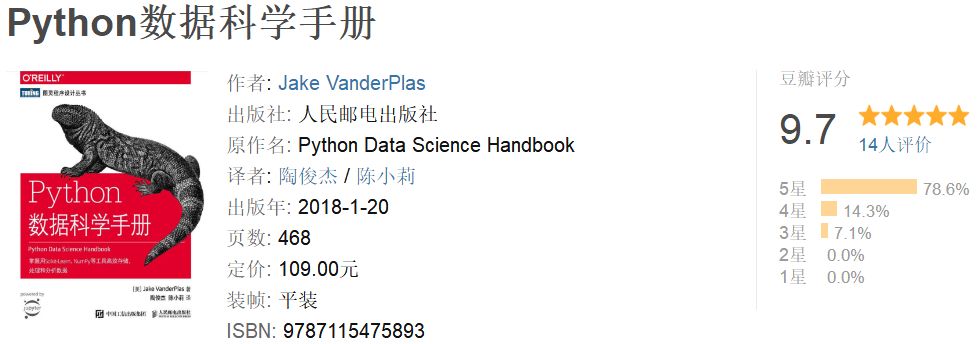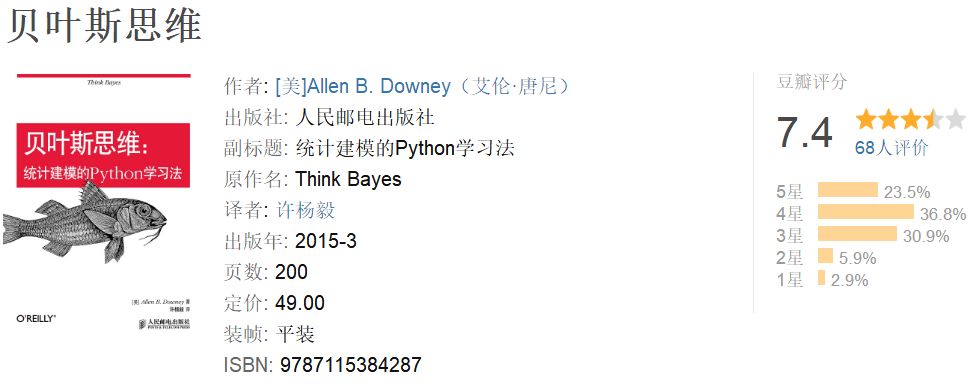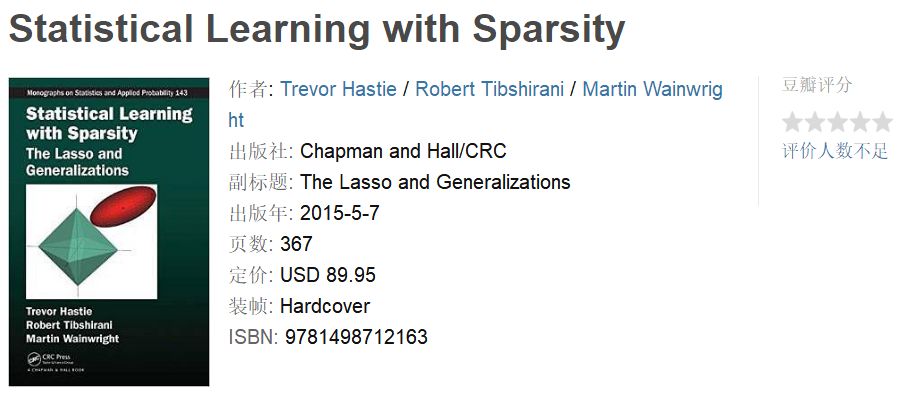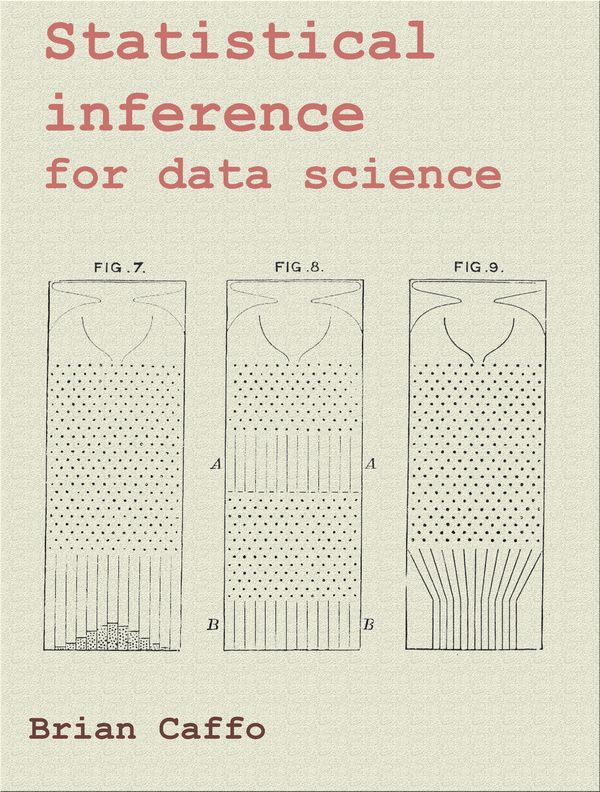1. "Python Data Science Handbook"

This book introduces the core libraries necessary to process data in Python: especially IPython, NumPy, Pandas, Matplotlib, Scikit-Learn and related software packages. To read this book, you need to have a foundation in Python. If you don’t have a foundation in Python, you can read "A Whirlwind Tour of Python" first. This book is a quick introduction to the Python language.
Book link: https://github.com/jakevdp/PythonDataScienceHandbook
2. "Neural Networks and Deep Learning"

It is a free online book. This book mainly outlines two core concepts:
â— Neural network, a programming paradigm that enables computers to learn from observation data
â— Deep learning, which is a powerful neural network learning technology
Neural networks and deep learning currently provide the best solutions for many problems in image recognition, speech recognition and natural language processing. This book will teach many of the core concepts behind neural networks and deep learning.
Book link: http://neuralnetworksanddeeplearning.com/
3. "Bayesian Thinking"

One of the think X series of books, most books on Bayesian statistics use mathematical notation, based on mathematical concepts (such as calculus), this book uses Python code instead of mathematical notation, and discrete mathematics Instead of continuous mathematics. In this way, the integral in mathematics has become a summation, and the calculation of probability distribution has mostly become a simple loop.
Book link: http://greenteapress.com/wp/think-bayes/
4. "Machine Learning & Big Data"

This book is currently regarded as an unfinished work. Its purpose is to allow software engineers to easily build machine learning models without relying on libraries, so as to achieve a balance between theory and practice. In most cases, The concepts or technologies behind the model are simple or intuitive, but the details and terminology are prone to problems.
In addition, the existing library can basically solve the existing problems. More often they have their own abstraction and architecture to hide the underlying concepts. The purpose of this book is to make the basic concepts clearer.
Book link: http://
5. "Statistical Learning with Sparsity"

In the past decade, computing and information technology has seen explosive growth. As it emerges a large amount of data in various fields such as medicine, biology, finance, and marketing. This book explains important data science ideas in these fields in a general conceptual framework.
Book link: https://web.stanford.edu/~hastie/StatLearnSparsity/
6.《Statistical inference for data science》

This book is a book in the field of data science, and it is also a Coursera companion book on inferential statistics. It is worth mentioning that this book has a matching Coursera course video, which can be found on YouTube.
This book is intended as an introductory book for inferential statistics. The target audience is students with a foundation in mathematics and computer programming who want to apply these skills to data science or statistics. This book is freely available.
Book link: https://leanpub.com/LittleInferenceBook
7. "Convex Optimization"

This is a book about convex optimization. Convex optimization is a special kind of mathematical optimization problem, which includes least squares and linear programming problems. As we all know, the least squares method and linear programming problems have fairly complete theories, appearing in various applications, and these problems can be solved by programming. This book is mainly for practical applications, and rich cases are the characteristics of this book
Book link: http://stanford.edu/~boyd/cvxbook/
8. "Python Natural Language Processing"

This is a book about natural language processing. "Natural language" refers to the language used for human daily communication, such as English, Hindi or Portuguese. Compared with man-made languages ​​such as programming languages ​​and mathematical symbols, natural languages ​​continue to develop in the process of being passed on from generation to generation, and it is difficult to determine with clear rules. We will use natural language processing (or NLP for short) in a broad sense to represent the computer's understanding of various natural languages...
This book is based on the Python programming language and an open source library of the Natural Language Toolkit (NLTK).
Book link: https://automatetheboringstuff.com/https://
9. "Python Programming Quick Start"

If you have spent hours renaming files or updating hundreds of spreadsheet cells, you can appreciate how tedious these tasks are. But if you can let your computer do these things for you, it feels different
After reading this book, you can write Python programs and let the computer complete them automatically. This book is suitable for any reader who wants to learn programming through Python, especially for beginners who lack programming foundation.
Book link: https://automatetheboringstuff.com/
10. "Social Media Mining"

The development of social media in the past decade has completely changed the way people communicate and the way industries do business. Individuals interact, share and consume content through social media and generate massive amounts of data at an unprecedented rate.
This book integrates the cutting-edge achievements of social media, social network analysis and data mining in recent years, and provides a convenient platform for students, practitioners, researchers and project managers to understand the basic knowledge and potential of social media mining. This book introduces the problems of social media data, and explains the basic concepts, new problems, and effective algorithms of network analysis and data mining.
Rayhot Technology Group Co.,Ltd , https://www.cnrayhot.com